 |
Ballet Makes Your Future Fly 芭蕾放飞你的未来 Official Partner Training Bureau of General Administration of Sport of China |
 
|
Vaganova Method
The Vaganova method is a method of teaching classical ballet that was developed by Agrippina Vaganova and is considered to be very clean, with precise movements that express clean lines yet softness underneath. Even though a Vaganova-trained dancer would be very strong and clean, she/he would still be soft and perform well on stage without robotic stiffness.
Vaganova was a student at the Imperial Ballet School in Saint Petersburg, graduating in 1897 to dance professionally with the school's parent company, the Imperial Russian Ballet. She retired from dancing in 1916 to pursue a teaching career. Following the Russian revolution of 1917, she returned to the school as a teacher in 1921, although it had by then been re-established as the Leningrad Choreographic School by the Soviet government. The Imperial Russian Ballet was also disbanded and was re-established as the Soviet Ballet.
As a teacher, Vaganova devised her own method of classical ballet training, fusing elements of French, Italian and other methods as well as influences from other Russian dancers and teachers. This method has become known worldwide as the Vaganova method and led to her being made director of the school, training some of the most famous dancers in history.
Through the 30 years she spent teaching ballet and pedagogy, Vaganova developed a precise dance technique and system of instruction. Tenets of the Vaganova method include the development of lower back strength and arm plasticity, and the requisite strength, flexibility and endurance for ballet. Much of her work was focused on the capability of the dancer to perform a classical pas de deux and the skills necessary for such a performance. In terms of pedagogical training, Vaganova concentrated attention on precision in a teacher's instruction, particularly when to teach what, how long to teach, and in what amount.
In 1948, Vaganova authored a book titled "The Foundation For Dance" (more commonly known as "Basic Principles of Russian Classical Dance"), although the dance technique described in it had been famous within the ballet world for over three decades. The book outlined her ideas on ballet technique and pedagogy.
Following Vaganova's death in 1951, her teaching method was preserved by instructors such as Vera Kostrovitskaya. In 1957, the school was renamed the Vaganova Ballet Academy in recognition of her achievements. Today the Vaganova method is the most common method of teaching ballet in Russia. It is also widely used in Europe and in North America. The Vaganova Ballet Academy continues to be the associate school of the former Imperial Russian Ballet, although it is now known as the Mariinsky Ballet.
Founded in 1738 to the decree of Empress Anna the I of Russia, the Imperial Ballet School became the country’s first educational establishment to provide professional ballet training. The Vaganova Ballet Academy is now approaching its 275th Anniversary. During these years, the School graduated a galaxy of renowned performers and choreographers: Anna Pavlova, Vatslav Nijinsky, George Balanchin, Rudolf Nureyev, Mikhail Baryshnikov, Natalia Makarova, Oleg Vinogradov, Yuri Grigorovich, Farukh Ruzimatov, Altynay Asylmuratova, Konstantin Zaklinsky, Uliana Lopatkina, Diana Vishneva, Svetlana Zakharova to name just a few.
Official RAD Site | Make Ballet Hair Bun | Career
English Inquiry, Please Call: 1511-020-0236
Address:Beijing Stadium, 2nd floor, No. 2A Ti Yu Guan Road, Dongcheng Dist. Beijing 100061